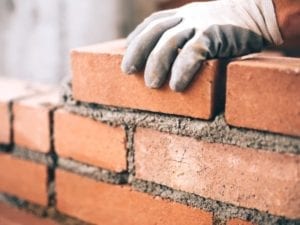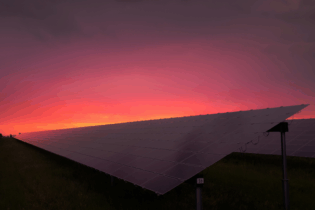After falling to an all-time low of 4 in 2Q2020, the FNB/BER Building Confidence Index jumped by 20 points to 24 in 3Q2020.
Despite the rise in confidence, the current level of the index indicates that more than 75% of respondents are dissatisfied with prevailing business conditions. All but one of the sub-sectors surveyed registered higher confidence. The sentiment gains were led by hardware retailers (+52) and building material manufacturers (+40). “Given how very depressed confidence levels were in the second quarter, it is not surprising that confidence ticked up this quarter given that the measures to control the spread of the Covid-19 pandemic were less constraining,” remarked Siphamandla Mkhwanazi, Property economist at FNB. Hardware retailer confidence rose to 55 in 3Q2020, from a mere 3 in 2Q2020. Boosting confidence was a better-than-expected improvement in sales volumes. Furthermore, respondents expect sales growth to continue on this upward trajectory into 4Q2020. Also lifting confidence was a sharp rise in order volumes. According to Mkhwanazi, “Respondents were pleasantly surprised by the extent to which the DIY and the small-scale additions and alterations market improved as more people work from home. We already saw real hardware retail sales rise 5.5% y-o-y in June. This was further supported by the lower interest rate environment and consumers saving on work-related expenses such as transport. For now, these windfalls mitigated the downward pressure on wages.” The confidence of building material manufacturers increased from zero in 2Q2020 to 40 in 3Q2020. Supported by rising retail demand, domestic sales of building materials ticked up nicely.As with retailers, sales exceeded expectations. Main builder contractor confidence rose by 12 points to 14, returning the index to its 1Q2020 level. Similarly, the index measuring activity growth broadly returned to its level in the first quarter.
“Building demand contracted sharply on an annual basis in the first quarter of 2020. So, while activity is better in the third quarter of 2020 than the dreadful second quarter, it is still noticeably down from where it was a year ago,” remarked Mkhwanazi. Indeed, according to Statistics South Africa (Stats SA), the real value of building investment fell by 38.7% y-o-y in 2Q2020, after a 10.6% decline in 1Q2020. While activity and confidence were back to their 1Q2020 levels, profitability remained under more pressure than at the start of the year. “The cost of personal protective equipment (PPE) and Covid-19 testing on site seems to be weighing on contractors’ bottom line,” said Mkhwanazi. The building pipeline painted a mixed picture. Architects reported the highest activity growth this year, although it is not expected to continue into next quarter. This saw confidence edge higher to 14, from 12 in 2Q2020. However, the confidence of quantity surveyors remained at four (since 1Q2020) with activity also stuck at the same very weak level since the start of the year. Sub-contractor confidence was higher at 16 in 3Q2020, from zero in 2Q2020. The FNB/BER Building Confidence Index rose to 24 in 3Q2020, from 4 in 2Q2020. The higher confidence was largely due to a rise in optimism among hardware retailers and building material manufacturers, while the confidence of main contractors and sub-contractors rose to their (still subdued) 1Q2020 level. “The opening up of hardware stores after the lockdown and the rise in workfrom-home arrangements was quite a boon for the retail hardware and building materials manufacturing sector this quarter. However, it should not detract from the continued weak activity growth experienced by main building contractors. Moreover, indications from the property market – including higher office vacancy rates and rising defaults on home rental – and the building pipeline are that the building sector is likely to fare worse than the rest of the economy for some time,” noted Mkhwanazi.







